
|
|
|
| synonym |
|
| description |
Bluish-red overall. The head, thorax, and legs are reddish-orange, and much of the wings have a reddish tinge; the tips of the wings have a bluish tinge to them. The abdomen is a bright red. The male phallus (reproductive claspers) are narrow and very close together, distinctive from other members of this genus; note their shape in the image above. |
| distribution |
Eastern United States (UDEL) |
| abundance |
Recorded from several counties across the state, uncommon to rare. |
| seasonal_occurrence | |
| habitat |
Has been found along forest edge, near mixed hardwood forest and pine forest. |
| plant associates |
Derbidae are known or assumed to feed on fungal hyphae as immatures (UDEL). Adults have been found on pine and beech. |
| behavior |
Can be attracted at night with a light. |
| comments |
A majority of Cedusa look very similar externally, appearing bluish overall. The only way to make a positive ID for many of the species at this point is to examine the genitalia of the males. Therefore, a male specimen is necessary for many species' identifications. Detailed, clear photographs of the male underside showing the genitalia can also be helpful, and perhaps the hope is that after observing enough specimens of a particular species, there may be slight external features that can be associated with an ID. C. edentula may be one example of a Cedusa that can be told apart by external features. |
status |
[Native:]
[Introduced:]
[Extirpated:] | | list_type |
[Official:]
[Provisional:] |
| adult_id | Unmistakable and widely known Identifiable from good quality photos of unworn specimens
Identifiable from photos showing undersides, or other specialized views [e.g., legs, face]
Identifiable only by close inspection of structural features or by DNA analysis NULL |
| nymph_id | Unmistakable and widely known Identifiable from good quality photos, especially where associated with known host plants
Identifiable from close inspection of specimens or by DNA analysis
Identifiable only through rearing to adulthood NULL |
| G_rank |
|
| S_rank |
|
| rank_comments |
|
| tribe |
Cedusini |
| subgenus |
|
Species Photo Gallery for Cedusa edentula No Common Name |
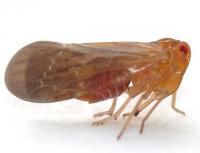 | Photo by: Kyle Kittelberger, Paul Scharf
Vance Co.
Comment: forest edge, found on pine | 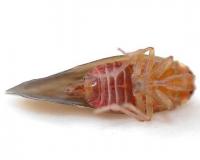 | Photo by: Kyle Kittelberger, Paul Scharf
Vance Co.
Comment: forest edge, found on pine |
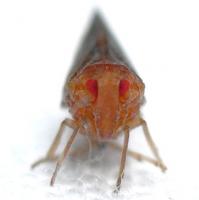 | Photo by: Kyle Kittelberger, Paul Scharf
Vance Co.
Comment: forest edge, found on pine | 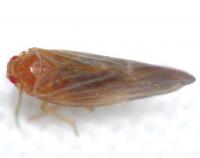 | Photo by: Kyle Kittelberger, Paul Scharf
Vance Co.
Comment: forest edge, found on pine |
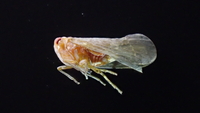 | Photo by: Erich Hofmann
New Hanover Co.
Comment: https://www.inaturalist.org/observations/59385858 | 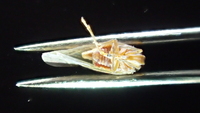 | Photo by: Erich Hofmann
New Hanover Co.
Comment: https://www.inaturalist.org/observations/59385858 |
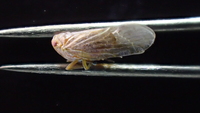 | Photo by: Erich Hofmann
New Hanover Co.
Comment: https://www.inaturalist.org/observations/59385858 |

 »
»



 »
»

